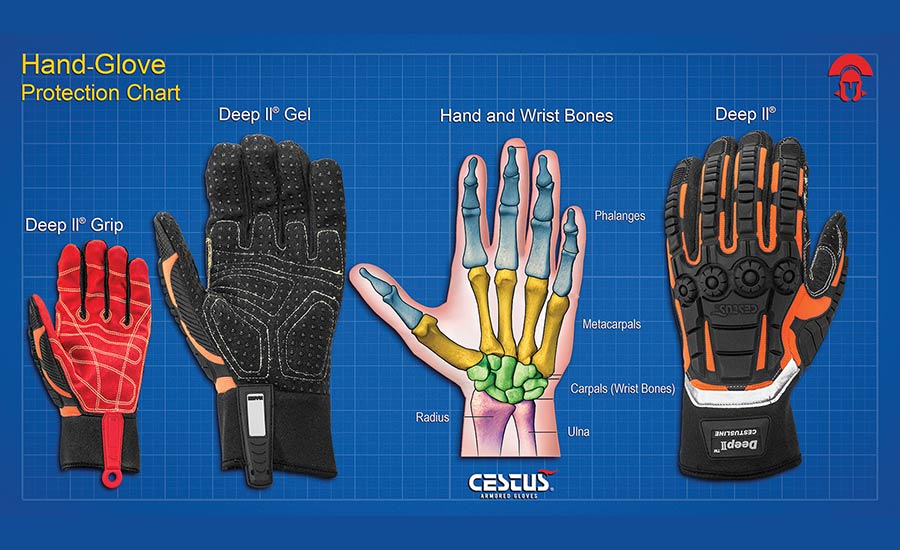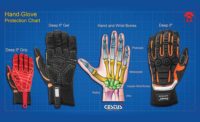The oil industry is being squeezed as declining crude oil prices alter the short-term outlook. The economic impact has affected the industry across the board, with compressed profit margins. As a result intense industry-wide optimization is taking priority in hopes of easing the blows of falling profits. This optimization is affecting all aspects of oil drilling, from upstream to downstream—even deep into corporate headquarters with employee layoffs and the shutting down of less efficient rig sites. One method of controlling cost is reevaluating personal protective equipment (PPE).
The smart approach
By optimizing the type of PPE on sites, you can have a positive effect on your bottom line: it also helps cut out costs associated with employee injuries. When evaluating PPE, it’s easy to assume that purchasing lower-priced options might provide a quick-fix in terms of dollars spent, but this is misleading. Finding the delicate balance between quality PPE that keeps your workers safe and productive verses the cost of cheap PPE requires smarter research. Let’s take a look at how this can be achieved.
The best defense
Personal Protective Equipment is the last line of defense for many job tasks on site. This line should rarely be breached if proper safety procedures are followed and the PPE holds up for employees when hazards become reality. When it comes to PPE, the majority of the cost will come from the materials.
For example, with gloves, 80 percent or more of the cost is the material being used. So, you are essentially “getting what you pay for” when it comes to your employees’ last line of protection and hand safety. This is a line you can’t afford to cut corners with since the repercussions are far more expensive. And because optimizing your spending is the goal, investing in better PPE will actually save you money, reduce injury downtime and maximize operational costs.
The better gear
PPE that is less expensive is manufactured out of material that is less durable and offers weaker protection. Not only does inexpensive PPE not provide the protection that higher quality PPE does, it also wears out quicker in field tests. So, while you may be saving money on the cost per unit of inexpensive PPE, in the long run you will actually be spending more on the less expensive PPE since crews will use more of it daily.
Take gloves for example; in field tests a lower-priced impact glove may hold up for a seven-day hitch before the glove needs to be replaced. In contrast, a higher quality impact glove that costs a bit more has been tested to last longer.
The tech advantage
It helps to have a better understanding of what makes a higher quality PPE when optimizing your glove choices. Over the years, many glove manufactures have gotten smarter with designs, fabrication and materials that enhance hand safety. Such technological advances include better Thermolplastic Rubber (TPR), improved grip technology, high performance materials and increased shock absorption.
They result in a more durable solution that increased PPE longevity. These technological features optimize your operating costs while providing enhanced hand protection—a double-win for both your company and your field workers.
Bottom Line
High-quality PPE not only has better protective properties, and lasts longer than inexpensive options, but it’s proven to reduce the bottom line when it comes to injury severity. If you’re still in doubt, just look at the average cost of employee downtime and medical cost and compare that with a cheaper short-tern solution. We all know stories of where a short-term fix caused more problems and increased cost later. On-site injuries can not only be expensive in terms of medical costs, but also have indirect costs in the form of lost productivity and training replacements, not to mention the potential cost of workers compensation claims on preventable injuries.
So while you’re assessing the personal protective equipment on your site that can be optimized, be wary of the pitfalls that inexpensive PPE can lure you into.. As the saying goes, “Not everything that glitters is gold,” and not everything that is inexpensive is economical.



